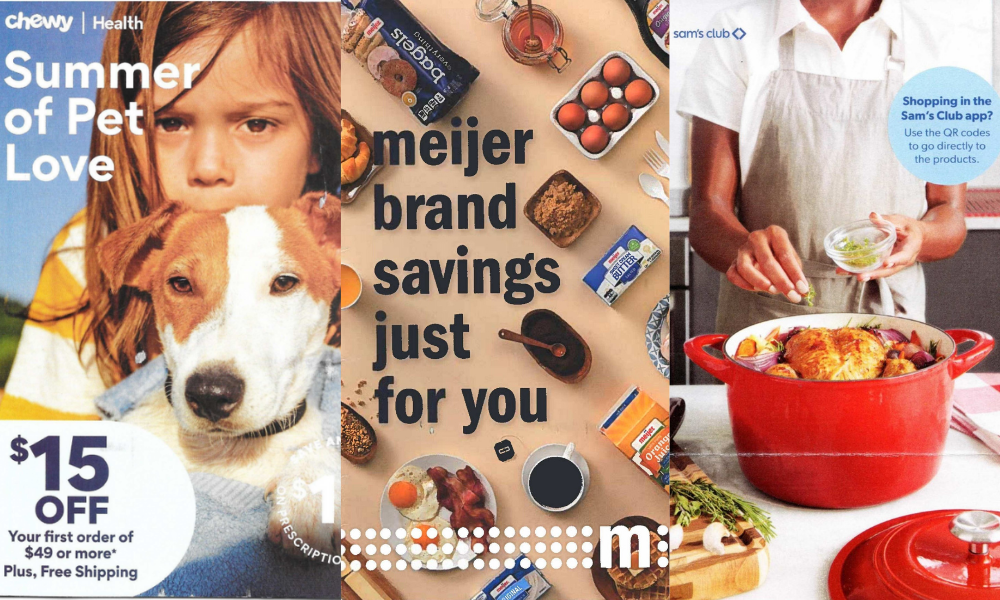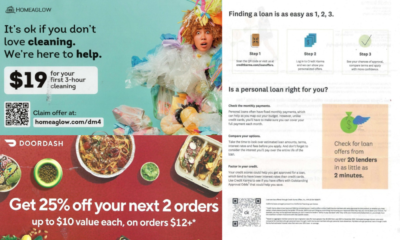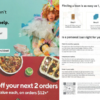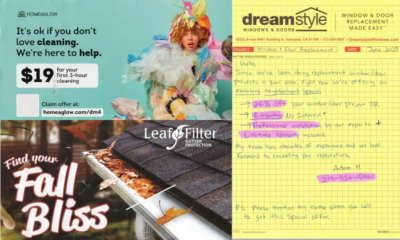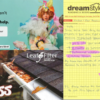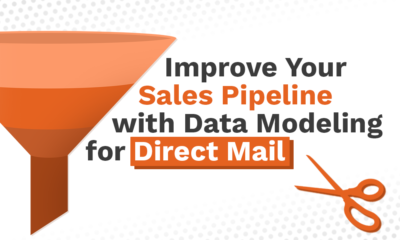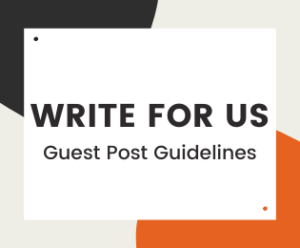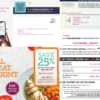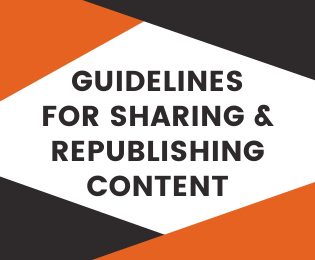INDUSTRY INSIGHTS
5 Best Practices for Retail Direct Mail
Getting customers to visit your store is a challenge that makes retail direct mail such an interesting sector. Here’s a rundown of what works best in direct mail for retail.
Getting customers to visit your store — whether it’s brick-and-mortar or online — is a challenge that makes retail direct mail such an interesting sector. As a marketer, you have a variety of tactics as well as printing techniques to call upon to grab the attention of consumers, keep them engaged, and then, drive them to buy.
To get started, you have several format options, including brochures, postcards, envelopes, and folded self-mailers. Co-op mailings, which group offers from multiple brands in a single booklet or envelope are another possibility to test direct mail marketing at a lower cost. Unlike other categories, however, there is no single format which works best in retail.
Here’s a rundown of what works best in direct mail that drives retail response, both online and offline.
1. Use Emotional Copy Drivers
We like to believe that we make buying decisions based on facts. However, our brains are wired for emotions, which subconsciously connect with a product or service that meets our wants or needs.
The Swedish marketing expert Axel Andersson and Seattle ad agency founder Bob Hacker identified the seven main emotional copy drivers that can trigger action:
- Fear
- Greed
- Anger
- Guilt
- Flattery
- Exclusivity
- Salvation
All of these can be used by retail marketers.
Exclusivity is a good example. Some brands, such as luxury goods, have to be seen in person, often as part of an experience. This works for everything from high-end sports cars to jewelry to cosmetics. Pair it with a flashy invitation-style mail piece and you’ll have a higher response than an ordinary mailer.
2. Leverage the Loyalty of Your Current Customers
This is a marketing rule and therefore a no-brainer for your mail: it costs less to reactivate a previous buyer than to acquire a new one. You have —- or should have —- all of the data needed to send them offers to get them back to your stores or site.
Segmenting that data based on recent or past purchases, geographic locations, seasonality, or various demographic data will reveal who your best customers are, and are likely to buy again.
Maybe they haven’t heard from you in a while, or aren’t aware of new products or changes with your store. Maybe you can upsell or cross-sell them. Regardless, besides reintroducing your brand, offering a “frequent shopper” or “loyal member” discount sweetens the deal.
3. Capitalize on Customer Locations with Maps
When you have a physical location customers can visit, you should make it as easy as possible for them to find it. A map, when accompanied by a street or highway address, shows them where you are.
If you have multiple stores, you should segment your customer and prospect database to match people’s home addresses with a map pinpointing the closest one. Or, for the ultimate in geomarketing, you can use software that creates and prints a personalized map highlighting the precise route from their door to the door of your business.
4. Make a Smart Call-to-Action
Don’t be timid! You want that sale, and hopefully, a customer for life. But if your prospect wants to cut to the chase — visit a store or website — they shouldn’t have to guess how to do that.
Use big type and white space to make your call-to-action absolutely unmissable, and maybe a little urgent, too.
For example:
“Semiannual SALE. All Supplements 25% OFF January 3-5” (see Whole Foods Market example below)
“Go to [website address] for our mid-Summer Sale! Ends June 26!”

5. Be Helpful in a Difficult Time
All of the tips just listed and described have stood the test of time. But now, they’ll also have to be supplemented or adjusted.
We’re living through one of the most difficult times for retail in several generations. The coronavirus pandemic presents problems all by itself. Add to that a deep economic recession, growing social instability, and the continuing long-term challenges to traditional retail, and you have a recipe for enormous uncertainty and unease.
There’s a lot you can do with your mail to reassure customers that you want to help them cope with these challenges. If you make people feel more comfortable, they’ll place their trust in you and your products and services.
For example:
“Shop Safely. Measures we’ve taken to keep you, our community and employees safe.” (Deals with coronavirus fears – see Total Wine & More example below)
“All of our technicians wear PPE for your protection.” (Also deals with coronavirus fears)
“New! 72-Month Payment Plans on truck purchases!” (Deals with financial fears)
“Buy online, pick up at our local store in your neighborhood!” (Deals with multichannel purchases)

Get Inspired by Successful Retail Direct Mail Campaigns Using Who’s Mailing What!
You don’t have to go far to find examples of good retail direct mail to inspire your work as a marketer, designer, or writer.
Members of Who’s Mailing What! can search on the entire Retail category or focus on mail in one of the 18 subcategories.
After all, how better to learn what to do — as well as what not to do — than by viewing the creatives sent by your competitors?
Here’s how to find them:
- After logging in to the website, click on the Search option from the Dashboard.
- On the left side of the page, you’ll see Categories as one of the options under Filters. Click on the plus sign to activate the menu, then scroll down to find Retail.
- Checking on that box means that you can search on everything in the Retail category. While all of the subcategories are also checked, you can exclude them from your search by unchecking the box next to the subcategory.
There are 18 subcategories for Retail. They include specific types of products, such as Pet Supplies, Cosmetics, Food & Beverages, Automotive, Furniture & Accessories, and more. Listings for mail by broader interest retailers, such as Target, Lowe’s, and Macy’s, are under Retail – Other. The whole list is here.
Listings in your search results can be sorted in subcategory order. According to the latest count, Who’s Mailing What! lists 19,000+ mailing pieces in the Retail category.
Final Thoughts
Direct mail works well for retailers of all sizes, regardless of whether their primary business occurs online or in-person. Consumers are not deluged as they often are with digital channels. Especially for younger millennial and Gen Z audiences, print offers a more exciting and varied way to engage shoppers.
No matter what type of campaign you’re running — acquisition, retention, etc.— mail gives you a chance to test creative elements, formats, audience segments, and formats. And with Who’s Mailing What! You can see what tactics work best (or not) for your brand and your competitors.







